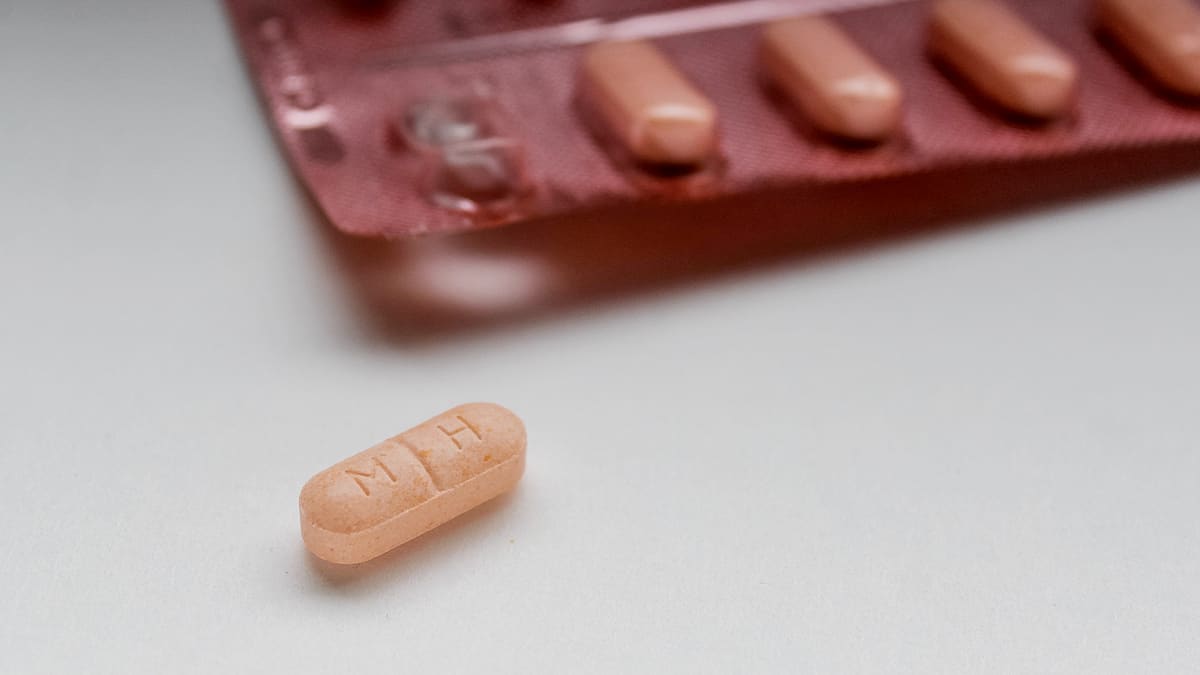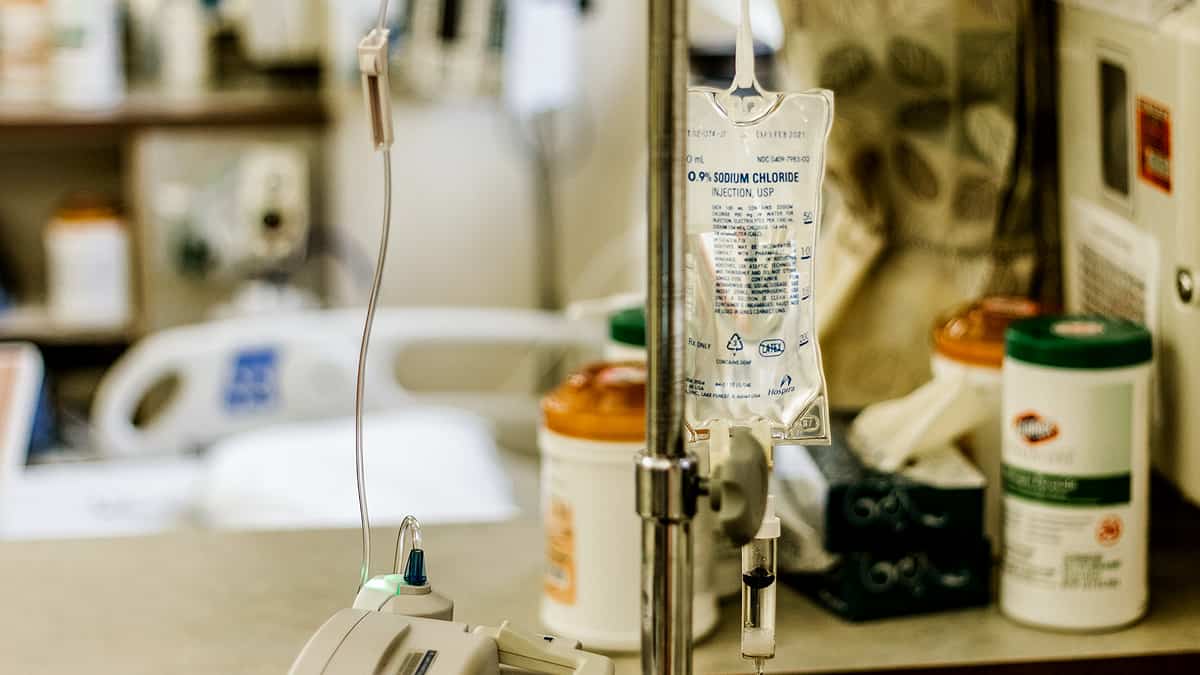The Dangers of Unaffordable Prescriptions
high drug prices

As prescription drug prices continue to soar in the United States, more and more Americans are finding themselves struggling to afford the medications they need. From rationing important prescriptions, which can have deadly consequences, to skipping treatment or sacrificing in other areas in order to be able to pay for medication, millions of Americans are struggling to afford prescription drugs that are significantly cheaper and more accessible in Canada.
In fact, many of the same drugs that Americans struggle to pay for at home can be purchased at a fraction of the cost in a Canadian pharmacy. As more and more Americans are learning, astronomical prescription drug prices have a ripple effect that can lead to more health problems and financial woes.
How Americans are Coping with Expensive Prescription Drugs
It can be hard to predict the exact number of people that go without medication due to costs in the United States, but according to data from the Federal Reserve, a staggering 40% of Americans would have difficulty covering $400 in an emergency. With so many people already living with extremely tight and strained budgets, a single medical emergency or illness could prove completely unaffordable.
Here are some of the difficult situations that many Americans are increasingly finding themselves in when they can't afford to pay for the medication they need.
Rationing or Altering Dosage and Delaying Doses of Unaffordable Prescriptions
According to one study, as many as one in eight of American adults living with heart disease or a heart condition also ration or skip their medications over concerns about cost. From skipping doses altogether or taking less of a medication than prescribed, to putting off refilling prescriptions, cost related rationing can have a number of potentially serious and life-threatening consequences for people living with or at risk for heart disease.
Researchers also found that at least a quarter of the people surveyed admitted to turning to alternative, non-prescription “remedies” when they couldn’t afford to pay for heart medication.
Not surprisingly, skipping or rationing medication usually leads to more health problems and additional medical costs in the future due to emergency hospitalizations, or secondary treatment for the complications that result from not taking heart medication as prescribed.

Rationing Medication can be Expensive in More Ways Than One
The risk of death is obviously the biggest consequence of rationing medication or lowering the recommended frequency or dosage in order to save money. Ironically, the potential health complications of not taking the right type or dosage of a medication can lead to more medical bills and the need for more medication in the short and long term.
Conditions like high blood pressure, asthma, and food allergies can be managed successfully, provided that, people have access to their medication on an ongoing basis. Many medications have a preventive effect, and the result of skipping or altering the prescribed dosage can escalate health problems and lead to additional costs.
Skipping or Delaying Medical Treatment
For many Americans, going to the doctor at all is a growing source of stress and an expense that they simply can't afford. For healthy adults, a general health or wellness checkup is recommended every few years or more frequently depending on one's age. People with health problems -- especially those on prescription medication -- usually need to go to the doctor more frequently. But as millions of Americans live without adequate or any health insurance coverage, a trip to the doctor and the pharmacy is just another expense they can't afford.
According to a recent poll, over 40% of respondents admitted to skipping out on medical treatment and diagnostic testing due to the costs. Over 30% said they were unable to fill a prescription because they couldn't afford it, or had taken less than the recommended dose to delay having to refill the prescription.
Despite the fact that tens of millions of Americans remain under or uninsured, the United States spends an eye popping $3.3 trillion annually on healthcare, which leads many people to ask: where is the money going? A closer look at pharmaceutical and insurance company profits would be one place to start.
Using Less Effective Medications
One of the factors that affects prescription drug prices in the U.S. is the availability of cheaper generic versions of brand name medications. Without competition, pharmaceutical companies are free to inflate prices as they see fit. While there isn’t always a generic alternative available for every medication, asking a doctor or pharmacist if a more affordable generic version of a prescription is available is a legitimate way to save money.
But without explicit approval from a doctor or pharmacist, switching to a cheaper or different version of a medication can also be dangerous and do more harm than good. From using older or outdated medications to “borrowing” or sharing prescription medication from someone else, overpriced prescription drugs force people to take risks that can have a number of negative and potentially serious side effects.
According to the Food and Drug Administration (FDA):
The Centers for Disease Control and Prevention (CDC) estimates that non-adherence causes 30 to 50 percent of chronic disease treatment failures and 125,000 deaths per year in this country. Twenty-five to 50 percent of patients being treated with statins (cholesterol lowering medications) who stop their therapy within one year have up to a 25 percent increased risk for dying.
Even using older prescriptions of the same medication can be problematic, as drugs are updated over time, may expire, or may have negative interactions with additional medications that someone may be taking. But when people can't afford the medication they need, they’re also more likely to take greater risks despite the potential side effects.

Using Alternative Treatments That Are Risky or Ineffective
Thanks in part to social media "influencers" and popular celebrities, the alternative "health and wellness" industries have become big business in the United States and around the world. While general lifestyle and wellness content is typically harmless, there can be serious and harmful consequences when desperate people are forced to seek alternative medications and treatments because they can’t afford to go to the doctor or pay for their prescriptions.
According to a report from the Centers for Disease Control and Prevention (CDC), the study found that at least 14% of uninsured adults had admitted to trying alternative treatments and therapies due to the cost of prescriptions and medical treatment, nearly triple the number of respondents with public or private health insurance coverage.
Holistic treatments and therapies can be beneficial when used appropriately and with the approval and supervision of a medical professional, but they can also be ineffective, or lead to serious consequences. There have been a number of headlines in recent years highlighting the dangers of getting medical advice online, from the famous "anti-vaxxer" movement to general misinformation and for-profit companies selling useless or potentially dangerous treatments and supplements.
The global health and wellness market is estimated to rake in over $4 trillion and counting. While much of that accounts for an increased focus on personal wellness, prevention, healthy living, and a greater emphasis on the benefits of mindfulness practices, less attention is given to the number of people driven to seek alternative treatments out of sheer desperation.
Expensive and Unaffordable Medications Hurt Everyone
Some people are more affected by the high cost of prescription drugs than others. Senior citizens, children, and low to middle income families are especially vulnerable to the soaring costs of everything from insulin to blood pressure medication and EpiPens. But even people that don't have type 1 diabetes or heart disease have reason to worry about the costs of medication in the United States.
On a practical level, people that are paying outrageous co-pays if they have insurance or out of pocket if they don't, are not investing in or contributing to their own needs in other areas, from education to quality of life expenses. On an economic level, people that are overburdened with healthcare and prescription drug costs have a harder time going to college, buying cars and homes, leaving jobs that are unfulfilling, taking vacations, and generally contributing to economic growth as a whole.
Here's the big picture on the effect of healthcare costs on the U.S. economy:
National health spending -- which includes spending by federal and state governments, the private sector and individuals -- has risen from just 5% as a share of the economy in 1960 to 17.9% in 2016, according to the most recent data from the Centers for Medicare and Medicaid Services. It's projected to rise to 19.9% by 2025.
How much money does that really represent? Trillions. Health care spending rose 4.3% to $3.3 trillion in 2016, or $10,348 per person. CMS estimates spending will grow 5.4% in 2017 due primarily to faster growth in Medicare and private health insurance spending. It projects 5.9% growth for 2018 and 2019 fueled largely by Medicare and Medicaid.
Like the individual cost of many prescription drugs, overall spending on healthcare is rising much faster than the average rate of inflation in the United States, which currently stands at just over 2%.
Health insurance and prescription drug coverage are no guarantee that medications will be affordable or available. Insurance companies can (and do) increase prices or drop coverage altogether when medications become too expensive and begin to eat into their own profits. As prescription drug prices continue to skyrocket, insurance companies are more likely to look for ways to pass the costs along onto all consumers.
Expensive Prescriptions Have No End in Sight
Despite newfound pressure from the media and some politicians, pharmaceutical companies have little to no incentive to bring drug prices under control. Prices for hundreds of medications have already soared in the first few weeks of the year, and consumers can expect more to come.
Canadian Pharmacies Provide an Alternative
While the pharmaceutical industry and their enablers on Wall Street and in government claim that sky high drug prices are an inevitable modern reality, the truth is that prescription drug prices in the United States are primarily profit driven. From company shareholders to overpaid company executives, prescription drug prices continue to spike beyond the reach of the average American consumer for the profit of a few. More and more, Americans are turning to international and Canadian pharmacies to buy the medication they need at affordable prices.
If you or a family member are struggling to pay for the medication you need, we may be able to help. For more information, contact us today to discuss your needs with a member of our customer service team. Call our toll free number 1-866-539-5330, or contact us online for a confidential consultation.